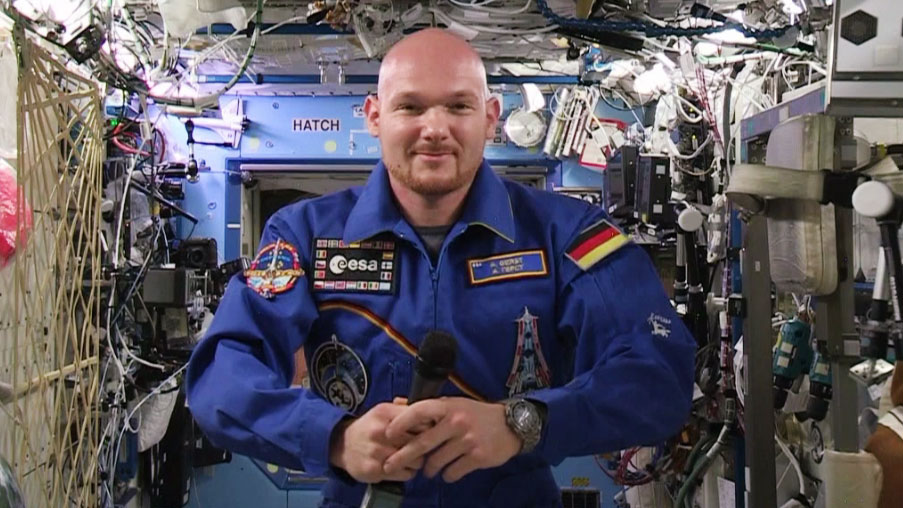
From the earliest days of civilization, humans have always used art as a way to communicate, commemorate, and challenge. As civilization has evolved so has the sophistication of visual arts. From crude drawings on stone and primitive paper, to the masterpieces of the Renaissance, the magic of moving pictures and television, and now video recording capabilities that are unmatched.
The beauty of art is that it connects with the viewer in a way that the written word can’t. A single motion, a paint stroke, a symbol can embody an event, a generation, even an entire period of history. So as civilization currently sits on the cutting edge of technology development, how can humans use art to communicate this progress?
The Humans In Space Art Video challenge was designed to give college students and early career professionals an opportunity to answer this question. The video challenge invites students to submit a video no longer than 3 minutes that answers the question, how will space, science and technology benefit humanity? Video entries can incorporate all forms of creative communication (e.g. visual, musical, animation and dance). Entries must be submitted online by November 15, 2014.
The video challenge is an outreach effort sponsored by CASIS, NASA’s International Space Station Program and the Humans in Space Art program. The International Space Station (ISS) is one of humankind’s greatest engineering feats and embodies the technological advancement and innovation of human civilization. The ISS inspired this year’s contest theme and the challenge allows contestants to creatively capture their thoughts about how current/future research and technology development will benefit and advance humanity.
Currently, humans are living and working on the ISS. Thousands of hours have been dedicated to space research on the International Space Station with the purpose of gaining necessary insight for future space exploration initiatives as well as providing solutions and insights into Earth-based challenges.
CASIS, the nonprofit organization that manages the U.S. National Laboratory on the ISS, has arranged for the first place winner of the video challenge to receive a monetary award and as a grand prize, the winning video will also take a trip into orbit on the space station!
To learn more about the video challenge, visit: http://www.lpi.usra.edu/humansinspaceart/challenge/
Also, stay connected on social media:
Twitter:
@SpaceArtLPI
@Space_Station
@ISS_Research
@ISS_CASIS
#spaceart
#HISAChallenge
Facebook:
www.facebook.com/HumansInSpaceArt
YouTube:
www.youtube.com/HumansInSpaceArt
Instagram:
www.instagram.com/humansinspaceart


 NASA Television will provide live coverage of the departure of the SpaceX Dragon spacecraft from the International Space Station beginning at 9:30 a.m. EDT. Dragon was detached from the Earth-facing side of the station’s Harmony module earlier this morning. Mission control will maneuver Dragon into place then turn it over to Expedition 41 robotic arm operators Reid Wiseman and Barry Wilmore of NASA for release, scheduled for approximately 9:57 a.m.
NASA Television will provide live coverage of the departure of the SpaceX Dragon spacecraft from the International Space Station beginning at 9:30 a.m. EDT. Dragon was detached from the Earth-facing side of the station’s Harmony module earlier this morning. Mission control will maneuver Dragon into place then turn it over to Expedition 41 robotic arm operators Reid Wiseman and Barry Wilmore of NASA for release, scheduled for approximately 9:57 a.m.



